The Ideal Fuel
On a sunny day on the campus of the University of California, Berkeley, the peaceful rustling of eucalyptus trees belies the furious chemical activity happening inside every single leaf. Through photosynthesis, leaves use the energy in sunlight to turn water and carbon dioxide into substances that plants need, emitting only oxygen in the process. In a nearby lab, chemist Peidong Yang is building an artificial system that does the same, using arrays of nanowires coupled with engineered bacteria. If something like this is ever scaled up, it would churn out a better version of the fuels we use today—one that does not add to the total amount of carbon dioxide in the air.
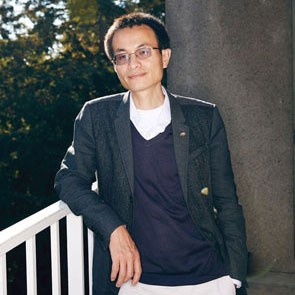
Photosynthesis has been very difficult to imitate in the lab. In the 1970s, researchers at the University of Tokyo showed for the first time that a solar-powered device could do what plants do in the first step of photosynthesis: split water into hydrogen and oxygen. After an initial burst of activity, the field stalled. But it has been reborn in several labs thanks to a renewed focus on the energy problem and climate change—and because of the emergence of new technologies.

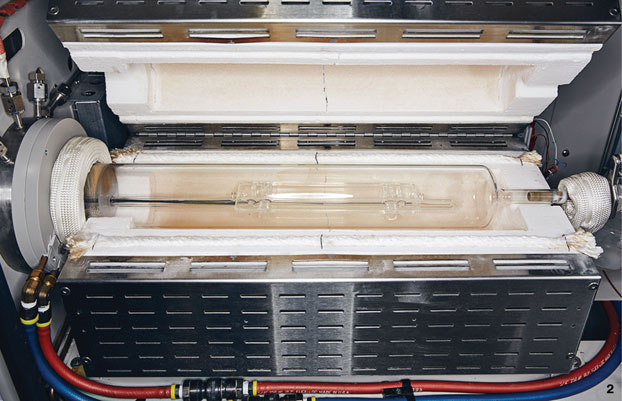
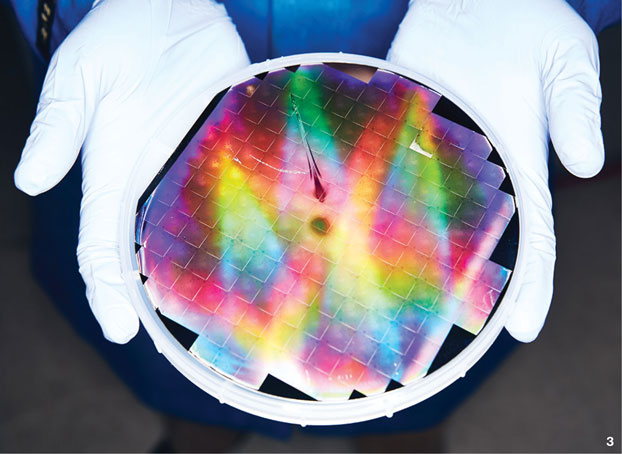
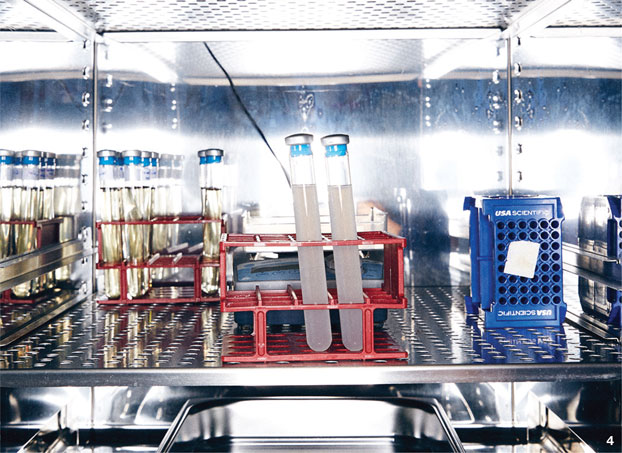
Yang’s lab is improving on a basic design that was developed in the 1970s at the National Renewable Energy Laboratory. It has two light-sensitive electrodes coated with a catalyst—Yang is using nickel, which is inexpensive—that together split water into oxygen and hydrogen. In the original setup, the electrodes were flat, but Yang instead uses arrays of nanowires made from silicon and other semiconductors. Because the nanowires have 100 times the surface area of flat electrodes that could fit into the same space, they can hold more of the catalyst, greatly boosting the efficiency of the reaction.
However, splitting water is the easy half of photosynthesis. Plants go further, using the hydrogen from water in reactions that turn carbon from the air into complex molecules. Yang wants to do this too. After all, our planes and cars don’t run on hydrogen; they need gasoline and other chemically complex fuels.

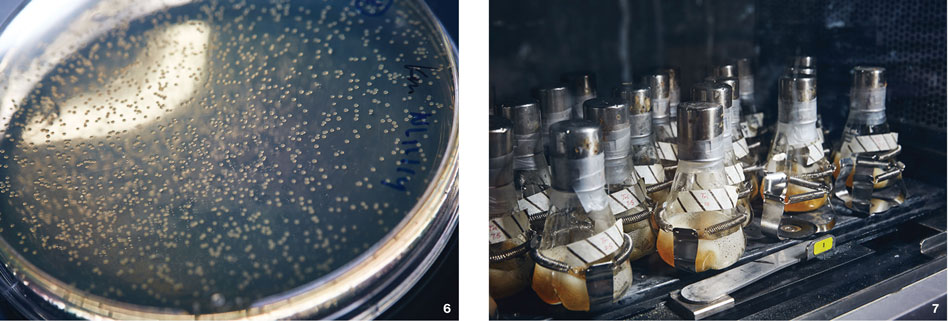
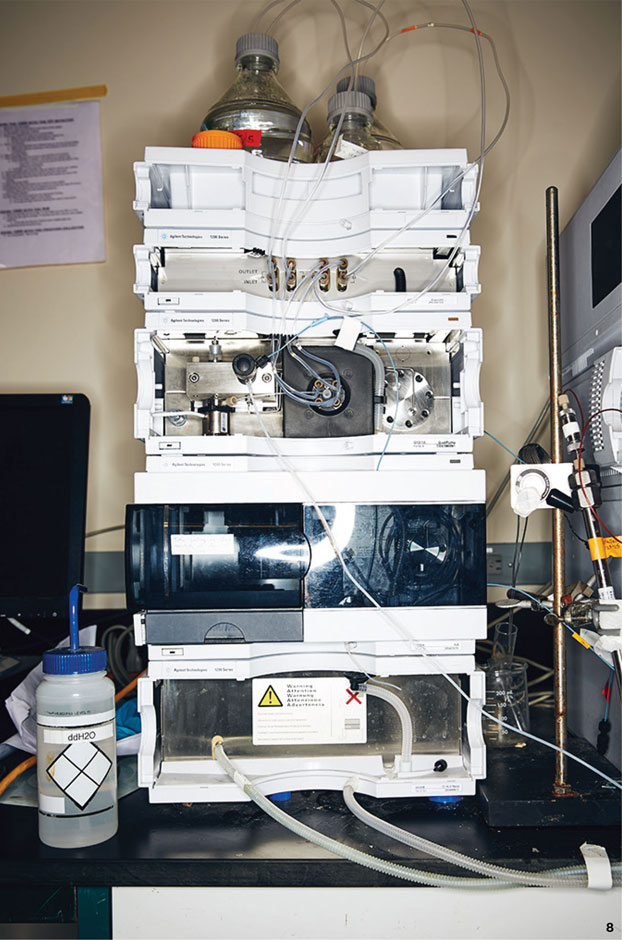
To catalyze that part of the process, Yang relies on another technology that wasn’t around in the ’70s. He and colleagues have shown that genetically engineered bacteria nestled amid the nanowires function as “living catalysts.” They take up the hydrogen split from the water and combine it with carbon dioxide to make methane and other hydrocarbons that are needed for fuels or plastics. The bugs do this with natural enzymes that carry out a series of reactions chemists have not yet been able to master with synthetic catalysts.
Yang’s system currently matches the efficiency of photosynthesis, storing under 1 percent of the energy captured from sunlight in the form of chemical bonds. That’s not bad for a proof-of-concept demonstration, but making it more efficient and thus cost-effective will be essential.
Yang hopes to eventually switch to synthetic catalysts instead of bacteria, which are tricky to keep alive. But fully eliminating the bugs might not be necessary, given the urgent need for clean fuels. “If it has to be a hybrid approach, that’s okay,” he says.
Keep Reading
Most Popular
Large language models can do jaw-dropping things. But nobody knows exactly why.
And that's a problem. Figuring it out is one of the biggest scientific puzzles of our time and a crucial step towards controlling more powerful future models.
How scientists traced a mysterious covid case back to six toilets
When wastewater surveillance turns into a hunt for a single infected individual, the ethics get tricky.
The problem with plug-in hybrids? Their drivers.
Plug-in hybrids are often sold as a transition to EVs, but new data from Europe shows we’re still underestimating the emissions they produce.
Stay connected
Get the latest updates from
MIT Technology Review
Discover special offers, top stories, upcoming events, and more.